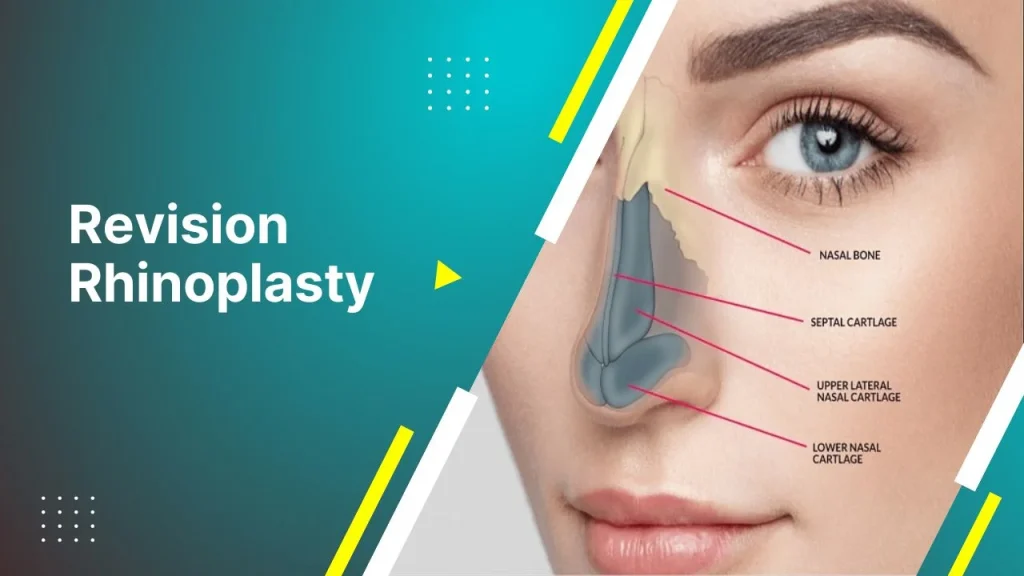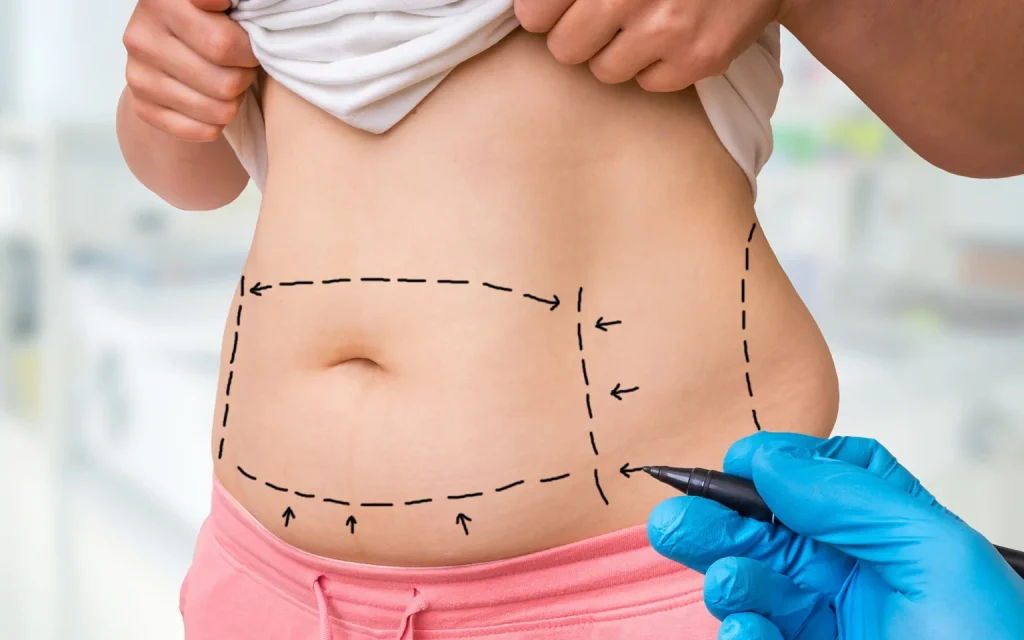Undergoing liposuction is a significant decision that can transform your body and boost your confidence. However, just like with any surgery, the recovery process is just as important as the procedure itself. To ensure a smooth healing journey and achieve the best possible results, it’s essential to follow key post-operative guidelines after your liposuction.
Post-operative care plays a vital role in your recovery, starting from the moment you leave the surgical facility. Adhering to your surgeon’s instructions regarding rest, medication, and wound care is crucial. You may experience swelling, bruising, and discomfort, which are normal reactions, but they should be monitored closely. Understanding what to expect during recovery can help you differentiate between normal healing processes and potential complications.
Maintaining a healthy lifestyle is also important for long-term results. A balanced diet and proper hydration will support your body’s healing process, while avoiding strenuous activities and heavy lifting will help your body recover more effectively. Additionally, wearing compression garments as recommended can reduce swelling and help shape the treated areas.
Emotional well-being should not be overlooked either. The post-operative period can bring mixed emotions, so having a strong support system in place is essential. Connecting with friends, family, or support groups can provide the encouragement you need during this time.
In this blog, we’ll explore the key considerations and tips for a successful recovery after liposuction, ensuring you’re well-prepared for the journey ahead and can fully enjoy the benefits of your transformation.
Recovery Process After Liposuction
The recovery process after liposuction is a crucial phase that significantly affects the overall outcome. Immediately after the procedure, patients are typically monitored in a recovery room before being sent home with detailed aftercare instructions. The first few days post-surgery may be marked by discomfort, swelling, and bruising, which are normal as the body heals. Pain management is essential during this period, and your doctor will typically prescribe medications to help alleviate any discomfort.
As recovery progresses, patients are advised to gradually increase their activity levels while avoiding strenuous exercise or heavy lifting for several weeks. Light walking is encouraged to improve circulation, reduce the risk of blood clots, and aid in minimizing post-operative swelling. Wearing compression garments, as recommended, helps to support the treated areas and encourages proper healing.
Follow-up appointments with the surgeon are crucial to monitor the healing process and address any concerns. Patients should be vigilant for signs of complications, such as excessive bleeding, unusual pain, or infections, and report any concerning symptoms to their healthcare provider immediately. Emotional support is also essential, as fluctuations in mood and self-image are common during recovery.
By understanding and following the recovery guidelines, you can enhance your healing experience and ensure the best possible results from your liposuction procedure, helping you enjoy your new body with confidence.
Diet and Nutrition Recommendations to Consider After Liposuction
Proper diet and nutrition are critical following liposuction, as they support your body’s recovery and help maintain the results of your procedure. Focus on nutrient-rich foods that provide essential vitamins and minerals necessary for healing. Lean proteins, such as chicken, fish, beans, and legumes, are particularly important as they support tissue repair and muscle recovery.
Fruits and vegetables should be a primary part of your diet because they are rich in antioxidants, vitamins, and minerals that help reduce inflammation and promote healing. High-fiber foods, such as whole grains and vegetables, can help prevent constipation, a common issue following surgery due to reduced physical activity and pain medications. Staying hydrated by drinking plenty of water is equally important for digestion and overall bodily functions.
Limiting processed foods, excessive sugars, and salt will further help your recovery by reducing bloating and digestive problems. Avoiding alcohol and caffeine for a period after surgery is advisable, as these can interfere with hydration and may slow the healing process.
Consulting with a registered dietitian or your healthcare provider for personalized dietary recommendations is also beneficial. Prioritizing a well-balanced diet can enhance your recovery and help maintain the long-term results of your liposuction.
Physical Activity and Exercise Guide After Liposuction
Physical activity and exercise play a vital role in recovery after liposuction, but it’s important to approach them carefully. In the early weeks following surgery, patients are generally advised to avoid strenuous activities and heavy lifting to allow the body to heal properly. Light walking is encouraged as soon as you feel comfortable, as it helps circulation, reduces the risk of blood clots, and assists with the reduction of swelling.
After the initial few weeks, patients can gradually increase their activity level, depending on comfort and the guidance of their healthcare provider. Gentle stretching and low-impact exercises can help restore mobility and flexibility without putting stress on the healing tissues. As recovery progresses, activities such as yoga or Pilates may be incorporated to help build strength and improve flexibility.
High-impact exercises and abdominal-focused workouts should be avoided for at least six to eight weeks post-surgery, or until your surgeon gives the go-ahead. It’s crucial to listen to your body during this time; if you experience pain or discomfort, it’s important to scale back and allow yourself more time to heal. Staying active in moderation will not only support your physical recovery but also contribute to emotional well-being, helping to alleviate stress or feelings of fatigue during the healing process.
By following a gradual and mindful approach to physical activity, you can enhance your recovery, improve your overall fitness, and maintain the results of your liposuction for the long term.
Postoperative Expected Results and Control Appointments
After liposuction surgery, understanding the expected results and the importance of control appointments is essential for a successful recovery. Initially, patients may notice swelling, bruising, and discomfort, which are normal parts of the healing process. As the body heals, the contours of the treated areas will gradually become more defined, and the skin will appear smoother. However, it’s important to maintain realistic expectations, as the final results can take several months to fully emerge as swelling subsides and the body adjusts to its new shape.
Control appointments with your surgeon are vital to ensure proper healing and to monitor progress. Typically, these appointments are scheduled within the first week after surgery, allowing the surgeon to check the surgical site, evaluate healing, and address any concerns. Further follow-ups may be necessary during the recovery period to ensure everything is progressing well and to make any necessary adjustments to your aftercare.
Maintaining communication with your healthcare provider during these follow-up appointments is crucial. They can offer personalized advice, help manage any discomfort, and address potential complications. Adhering to the recommended schedule for follow-ups will ensure you receive the best possible care during your recovery, helping you achieve the best results from your liposuction and enjoy your new body with confidence.
This updated version focuses on liposuction, offering clear guidance on recovery, diet, exercise, and post-operative expectations for patients who undergo the procedure.












